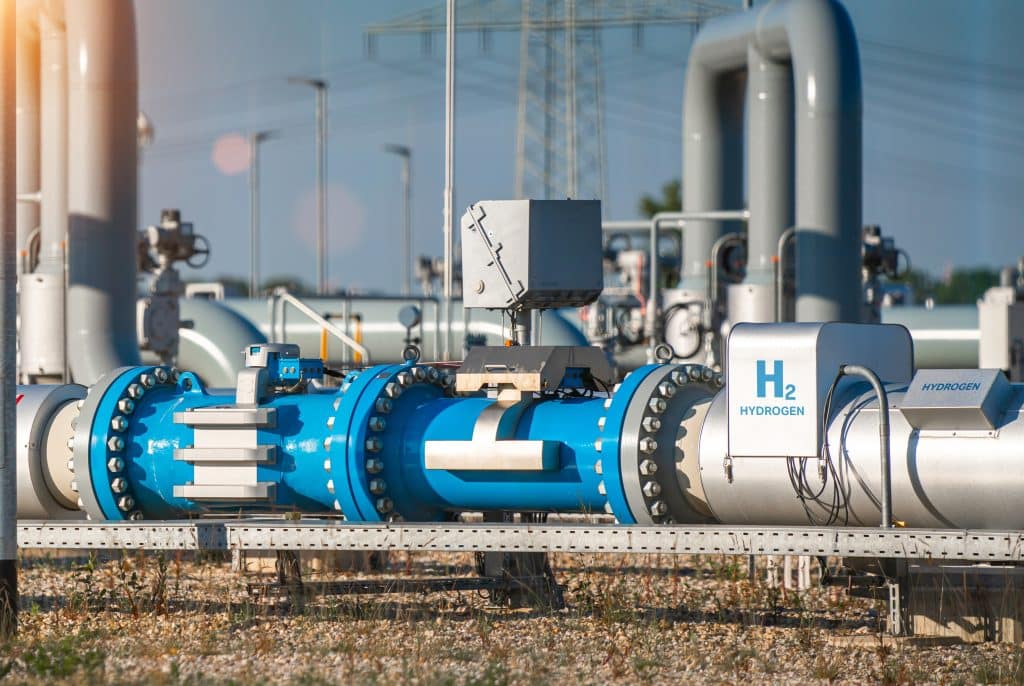South Africa is attracting more and more investors in the nascent green hydrogen industry and its derivatives. Hive Hydrogen intends to invest more than $6 billion over the next few years. The announcement was made by the subsidiary of the British company Hive Energy on the sidelines of the recently concluded Eastern Cape Investment Conference in the South African province.
Hive Hydrogen wants to make these investments in Nelson Mandela Bay, a metropolitan municipality on the shores of Algoa Bay in the Eastern Cape. The company, led by Colin Loubser, has received support from the local government. As part of the project, Hive will build renewable energy plants with a capacity of 5 000 MW.
A planned investment of 16 billion dollars
On the coast, the company will install a plant capable of producing 900,000 tonnes of green ammonia per year. “The green ammonia plant itself will not emit carbon dioxide and will make a significant contribution to the drive towards carbon neutrality. The renewable energy component will also add solar and wind power to the grid, helping to reduce the country’s reliance on coal and fossil fuels, allowing industries in the Bay Area to use green energy for manufacturing, packaging and processing,” says Hive.
Read also- SOUTH AFRICA: Saudi Arabia’s Acwa to invest $10bn in green hydrogen
In addition to generating clean electricity for the local power grid, the London-based company plans to support the construction of a seawater desalination plant capable of meeting 50% of the needs of the Nelson Mandela Bay metropolis. Currently, the city of 1.2 million people relies on dams that struggle to meet the city’s needs due to drought.
Hive Hydrogen’s investments will contribute to the creation of 20 000 direct and indirect jobs. This is a boon for the municipality of Nelson Mandela Bay, located in a province where the unemployment rate is 50% according to the local authorities. The company is planning three further phases, for an investment of £15 billion, more than $16 billion. With the construction of a new transmission line connected to South Africa’s power backbone, Hive is aiming for an installed capacity of 10 000 MW. The electricity will be used to produce hydrogen and its derivatives, notably ammonia.
Jean Marie Takouleu
